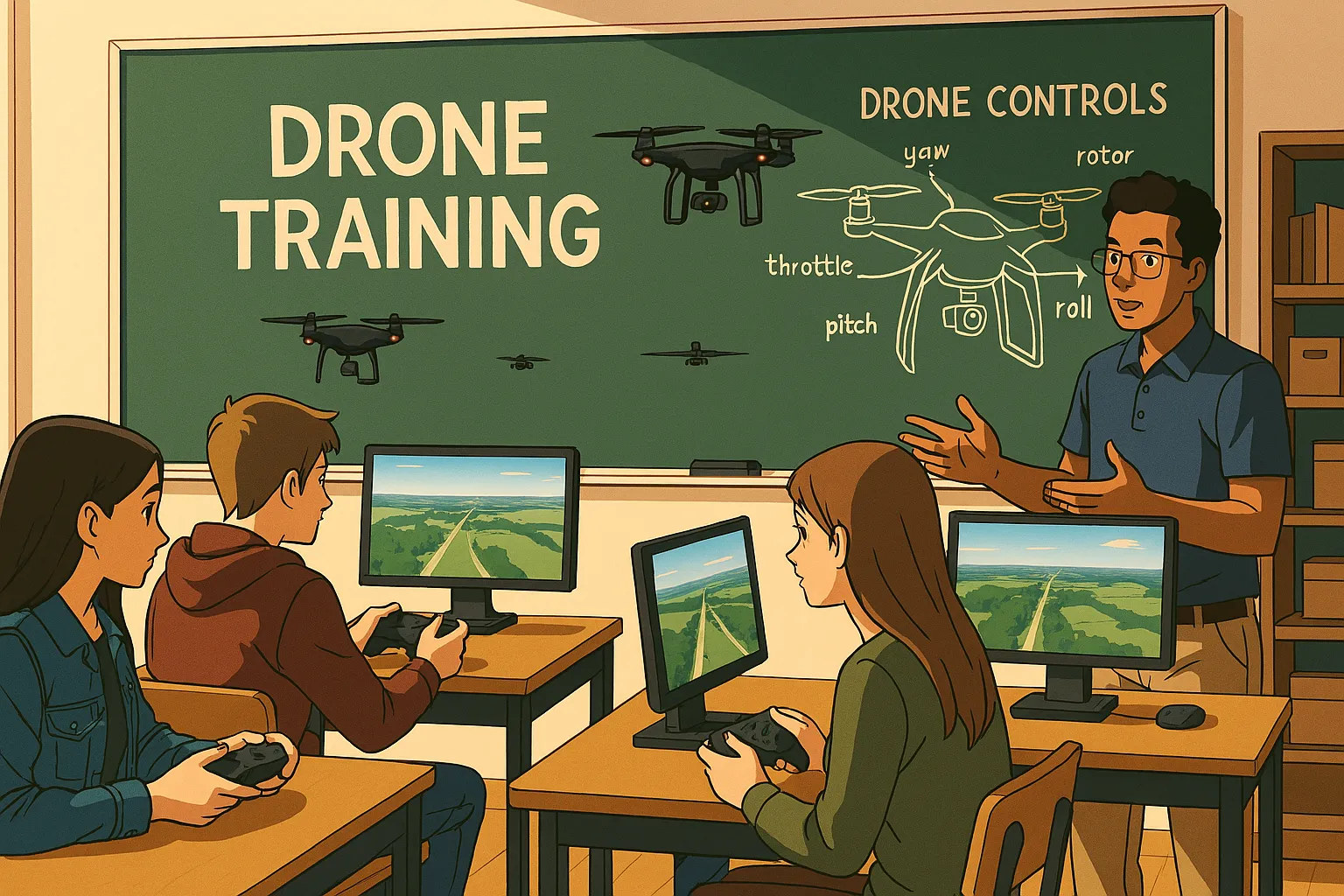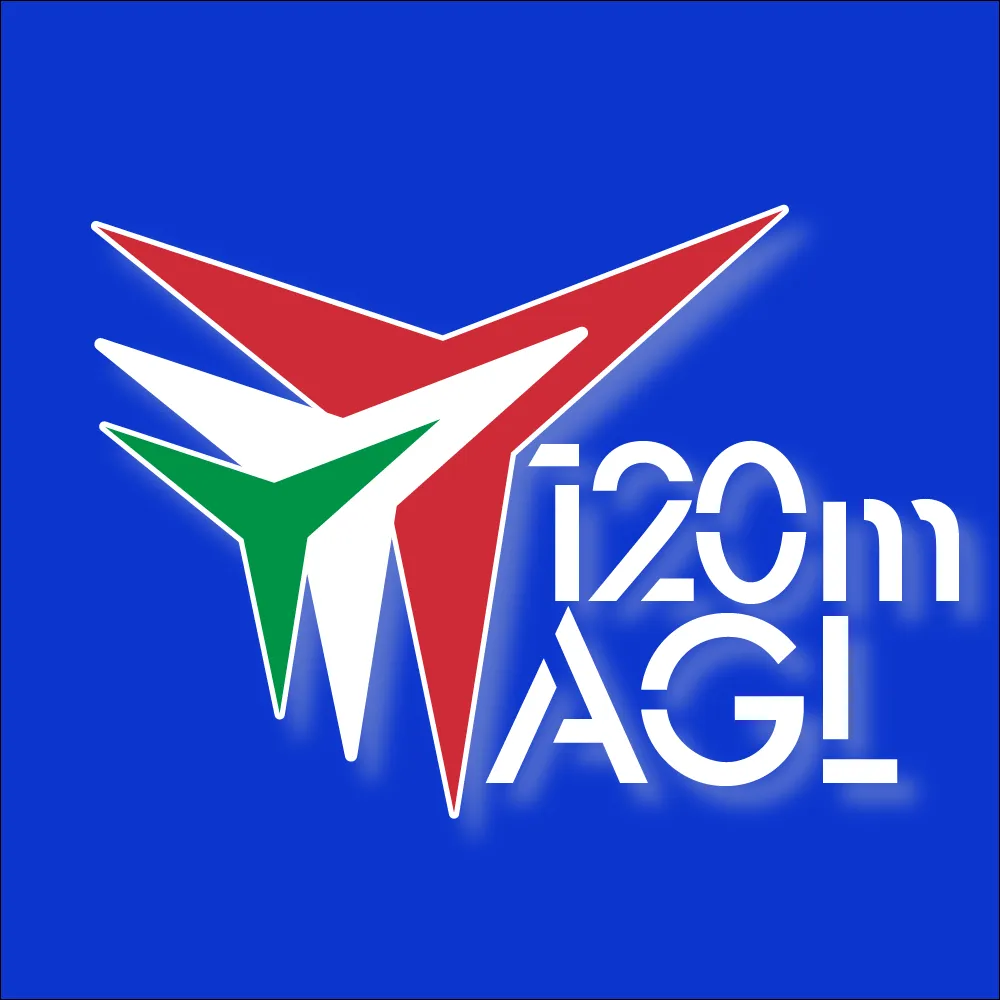Frequently Asked Questions about UAS Training Programs
1. Do I need a license to fly a drone in the 'open' category?
Yes, to operate a drone in the 'open' category, you must complete an online training course and pass a theoretical test to obtain a remote pilot certificate. This is essential for compliance with EASA regulations. (Reg 2019/947 Art. 11) Example: If you wish to fly a small drone weighing less than 250g, you still need to complete the online training. Safety Reminder: Always ensure you understand the specific requirements for your drone's weight and category. Source: EASA Regulation 2019/947 .2. What are the requirements for flying in the 'specific' category?
To operate in the 'specific' category, you must conduct a risk assessment and may need to apply for an operational authorization from your national aviation authority. (Reg 2019/947 Art. 12) Example: If you plan to fly beyond visual line of sight (BVLOS), you will need to demonstrate how you will mitigate risks associated with that operation. Safety Reminder: Always evaluate the airspace and environment before planning your flight. Source: EASA Regulation 2019/947 .3. How do I conduct a risk assessment for UAS operations?
A risk assessment involves identifying potential hazards, assessing risks, and implementing mitigation measures. Use the EASA template or guidance material available on their website. (Reg 2019/947 Art. 11) Example: If you're flying near populated areas, consider factors like crowd density and emergency landing zones. Safety Reminder: Regularly review and update your risk assessment as conditions change. Source: EASA Guidance Material .4. What happens if I fly my drone above 120m AGL?
Flying above 120m AGL (Above Ground Level) is prohibited in the 'open' category and can lead to penalties, including fines or suspension of your pilot certificate. (Reg 2019/947 Art. 4) Example: If you accidentally ascend to 150m while flying in a rural area, you could face enforcement actions from your national authority. Safety Reminder: Always check your drone's altitude during flight to avoid unintentional violations. Source: EASA Regulation 2019/947 .5. Do I need to notify anyone if I want to fly near an airport?
Yes, you must notify the relevant air traffic control authority if you plan to operate within the defined zones around airports. This is to ensure safety and compliance with airspace regulations. (Reg 2019/947 Art. 9) Example: If you wish to fly within 5km of an airport, contact the airport's control tower for permission and guidance. Safety Reminder: Always respect controlled airspace to avoid collisions with manned aircraft. Source: EASA Regulation 2019/947 .6. What are the penalties for not following UAS regulations?
Penalties can include fines, suspension of your remote pilot certificate, or even criminal charges for severe violations. (Reg 2018/1139 Art. 76) Example: If you fly a drone without the necessary permissions and cause an incident, you could face serious legal repercussions. Safety Reminder: Always stay informed about regulations to avoid unintentional violations. Source: EASA Regulation 2018/1139 .7. How do I register my drone?
You must register your drone with your national aviation authority if it weighs more than 250g or is equipped with a camera. Registration typically involves providing personal details and drone specifications. (Reg 2019/945 Art. 14) Example: If you own a drone that weighs 300g, complete the registration process online through your national authority’s website. Safety Reminder: Ensure your registration is current to avoid fines or legal issues. Source: EASA Regulation 2019/945 .8. How can I stay updated on UAS regulations?
Regularly check the EASA website and subscribe to updates from your national aviation authority. This ensures you are aware of any changes in regulations that may affect your operations. Example: Set reminders to review EASA’s updates quarterly. Safety Reminder: Staying informed is crucial for safe and legal drone operation. Source: EASA Updates .9. What if I want to fly for commercial purposes?
To fly commercially, you need to obtain a specific operator's certificate (AOC) and follow additional training and compliance requirements. (Reg 2019/947 Art. 11) Example: If you want to provide aerial photography services, ensure you have the necessary certification and insurance. Safety Reminder: Always prioritize safety and compliance to protect your business and clients. Source: EASA Regulation 2019/947 .10. How do I perform maintenance on my UAS according to EASA regulations?
Regular maintenance checks should be conducted as per the manufacturer's guidelines and documented. EASA recommends keeping detailed records of any repairs or inspections. (Reg 2019/947 Art. 20) Example: After every 50 flights, inspect your drone for wear and tear and document any findings. Safety Reminder: Proper maintenance is essential for safe flight operations. Source: EASA Regulation 2019/947 .11. What if I encounter a technical issue during flight?
If you experience a technical issue, follow your emergency procedures to land the drone safely. Report the incident to your national aviation authority if it results in damage or injury. (Reg 2019/947 Art. 22) Example: If your drone loses connection, initiate a return-to-home sequence if available. Safety Reminder: Always conduct pre-flight checks to minimize technical issues. Source: EASA Regulation 2019/947 .12. Do I need insurance to fly my drone?
While not universally required, obtaining insurance is highly recommended, especially for commercial operations. It can protect you from liability in case of accidents. Example: If you’re conducting commercial aerial surveys, ensure you have liability coverage. Safety Reminder: Review your insurance policy to ensure it covers all aspects of your operations. Source: EASA Recommendations .13. How do I report an accident involving my drone?
Accidents should be reported to your national aviation authority as soon as possible. Include details of the incident, location, and any potential injuries or damages. (Reg 2019/947 Art. 22) Example: If your drone crashes and causes property damage, document the scene and report it immediately. Safety Reminder: Timely reporting helps improve safety standards in the industry. Source: EASA Regulation 2019/947 .14. Can I fly my drone at night?
Yes, but you must have the necessary permissions and follow specific operational guidelines, including using anti-collision lights. (Reg 2019/947 Art. 5) Example: If you plan to film at night, ensure your drone is equipped with lights and that you have completed any required training. Safety Reminder: Always maintain visual contact with your drone, even at night. Source: EASA Regulation 2019/947 .15. What should I do if I see another drone flying dangerously?
Report any dangerous drone activity to local authorities or your national aviation authority. They can investigate the matter and take appropriate actions. Example: If you see a drone flying recklessly near an airport, document the details and report it immediately. Safety Reminder: Keeping the skies safe is a shared responsibility among all pilots. Source: EASA Safety Guidance .Disclaimer
Regulations may change - always verify with official sources. This is educational content - not legal advice. Consult official EASA documentation for complete requirements.For more resources and updates, check our 120mAGL website . Stay informed and fly safe!
EASA Regulatory Compliance Notice
This content is for educational purposes only and is based on EASA regulations current at the time of generation.
Always consult the official EASA documentation and your local aviation authorities for the most current regulations and legal compliance requirements before operating any UAS.

